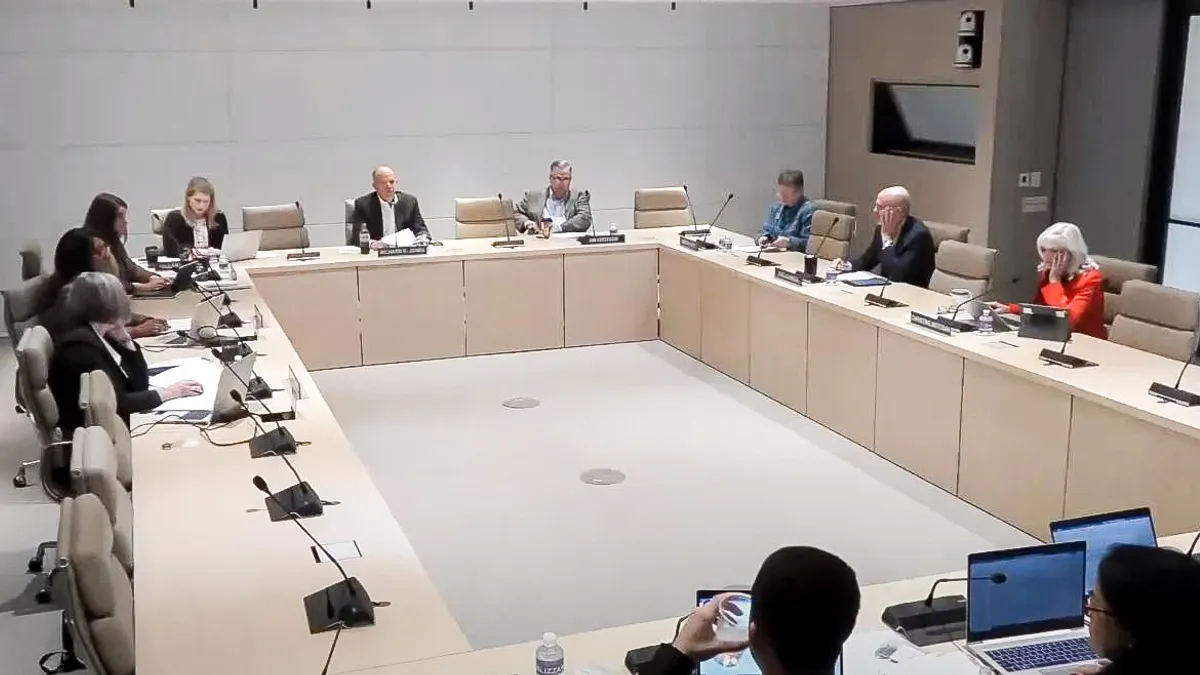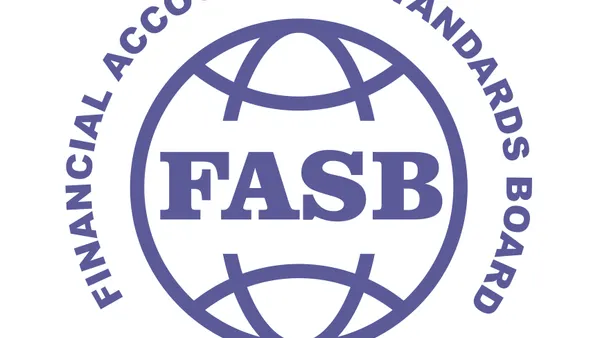Nearly 10 years after issuing its lease accounting standards, the Financial Accounting Standards Board is reckoning with some of the lessons learned from the project — including the higher-than-expected cost of compliance.
Known as Accounting Standards Codification 842, the new rules required operational leases to be disclosed on the balance sheet, both as an asset and a liability, in the same way as capital leases. Previously, operating leases were disclosed as expenses on the income statement and in the footnotes to the financials. The changes were aimed at highlighting the risks leases can pose.
At a meeting Wednesday, FASB staff summarized the results of its post implementation review that sought feedback on the major standard from over 1,000 stakeholders, including investors and report preparers. The staff reported that no fundamental changes to the lease standard are necessary and that investors generally liked the new rules.
But the process also brought to light gaps in the cost-benefit analysis that the board undertook to determine whether to proceed with the change to the codification that underpins generally accepted accounting principles. Namely: the staff said it found that the cost to initially implement the lease requirement along with the ongoing costs to apply them were “significantly higher” than expected at issuance because companies needed to change systems and processes to adjust to the new requirements.
Board member Christine Botosan said there was mixed messaging regarding whether a dual model of accounting chosen for the standard would be a cheaper solution, but in hindsight it appears that isn’t the case. One takeaway she highlighted was that the board should be careful not to focus only on the initial expense of initiating a new standard.
“Implementation cost is a one-time thing, ongoing costs are forever until the standard is changed again,” Botosan said during the Wednesday meeting. “Maybe try to weigh those things in a way that doesn’t put too much emphasis on what is the front-of-mind immediate costs that everybody is thinking about…there needs to be a multiple applied to that ongoing costs.”
The average cost of implementing the new standards is about $450,000 per company, with many companies paying between $7,000 and $35,000 annually for software to handle compliance, according to a Sept. 8 iLeasePro blog.
Besides the costs, Board Member Joyce Joseph noted that the lookback on the process also pointed out benefits to investors that the new lease accounting has brought to investors in terms of comparability and transparency. She said the review process also shed light on how the rules have impacted business outside of their reporting.
“The PIR helped to reveal the potential real effects of accounting changes on company’s business decisions,” Joseph said, noting that companies may be shortening lease terms, incorporating more variables in lease payments or forgoing certain transactions altogether. “It’s not just a financial statement issue. It’s actually impacting how companies conduct their lease operations.”
The staff also noted that there were lessons learned from the impact of the transition period for the standard that allowed for two extensions on the effective date for private companies in 2019 and 2020. Since that time the FASB has adopted new processes to better anticipate the time needed for transition periods.
Board Member Susan Cosper noted that the board may have gone too far to accommodate stakeholders. “You can have too much of a good thing,” Cosper said during the meeting. “I do think the board had very good intentions on trying to ease the burden but you can overcomplicate things. “











